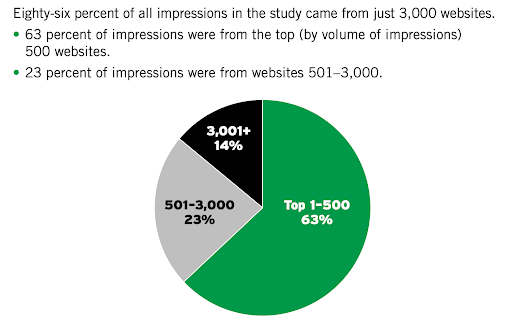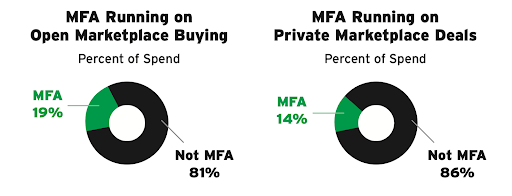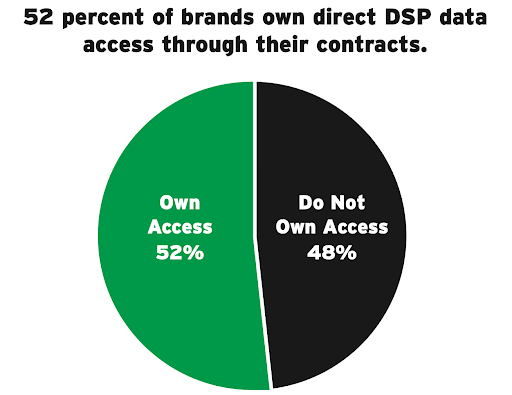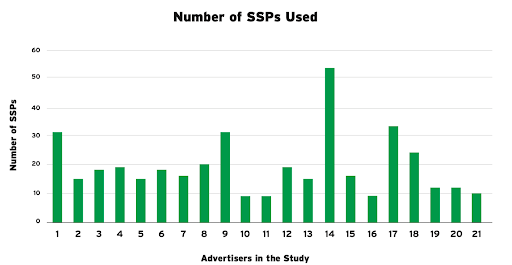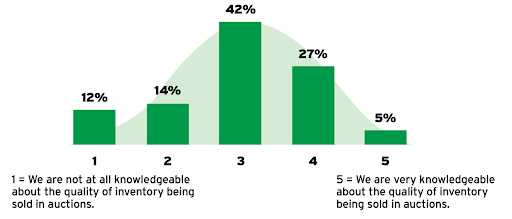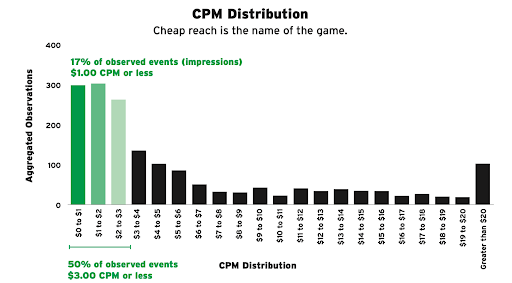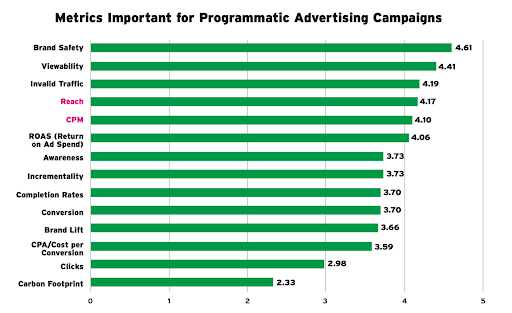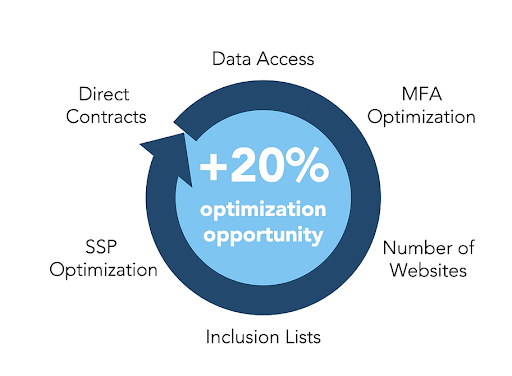
A peek inside the data that’s driving the ANA’s Programmatic Media Supply Chain Transparency Study. We distilled it so you don’t have to.
In early December, the ANA published its Programmatic Media Supply Chain Transparency Study.
It is a massive undertaking, as the researchers parsed the log-level data of 21 prominent advertisers to track the entire journey of their investments in the open web. Those campaigns represented $88 billion.
Two years in the making, the study was conducted with TAG TrustNet. Here are some of the key findings.
The Average Campaign Spans 44,000 Websites
The report hypothesizes that the “long tail” of the web presents risks to advertisers, as those sites add minimal reach, and likely underperform in the quality metrics, including 12% lower viewability rates and 100% more invalid traffic (IVT) and brand safety.
Market Made for Advertising Sites Account for 21% of Impressions Purchased
Additionally, the study found that display ads account for 56% of media spend on MFA websites, and video accounts for 44%.
What’s more, the study found a huge variation between SSPs in terms of the percentage of media spend from MFA websites on their platforms. For some, it’s as low as 1% while for others it’s as high as 70%. Clearly, some SSPs have strict policies when it comes to accepting MFA websites as clients, while others are far more permissive.
Private Deals are Not Exempt from MFA Spending
For many marketers, private deals and curated marketplaces are a safe haven from MFA sites. According to the report, that’s a false sense of security.
“MFA supply is growing. It represented approximately 5 percent of web auctions in early 2020 and grew to nearly 30 percent of all web auctions by mid-2023.”
PMPs range in the number of domains that participate in them. According to the study, the fewer the sites, the higher the quality.
Direct Supply Chain Contracts Can Increase Transparency and Efficiencies, Reduce Waste
Brands frequently lack an understanding of what data they legally have access to. The report recommends that marketers own their own access to the DSP so that they gain more control over their media investments, greater transparency, easier access to campaign data, and increase their own education and awareness around best campaign setup and configuration.
Advertisers Use Too Many SSPs, Which Makes Accountability Difficult
The average advertiser uses 19 SSPs, while some use as many as 53.
Not all SSPs offer the same level of transparency (e.g. only 19 of the 25 top SSPs offer log-level data). The report recommends that advertisers develop an SSP optimization strategy to hold them more accountable.
Information Asymmetry Puts Marketers at a Disadvantage
Information asymmetry — aka the imbalance in the nature and quality of information possessed by different parties in a transaction — is a serious issue for marketers. Sellers typically have more or better information than buyers about the quality of media inventory being sold in auctions.
Misaligned Incentives: Advertisers Prioritize Cost Over Value
According to the study, advertisers focus too much on lowering the costs of the campaign, favoring cheaper inventory over more costly but higher-quality impressions. Are we surprised that the focus on costs leads to high ad spending with MFA sites?
Campaign Goals Misaligned with Campaign Metrics
Goals of marketing campaigns are often about driving metrics such as awareness, brand lift and conversion as well as return on ad spend (ROAS), and yet reach and CPM metrics rank higher than those goals.
Focusing on Quality Will Lead to a 20% in Ad Spend Productivity
The study revealed that if advertisers can measure and price inventory based on its quality, they can achieve an approximate 20% increase in ad spend productivity (range of 14 to 25 percent).

That, in turn, provides an opportunity for marketers to allocate +$20bn in programmatic investments more efficiently.
Download the Report
The report is well worth downloading and reading in full, as most of it is a detailed playbook for advertisers to follow to optimize their programmatic expenditures to drive better results.
